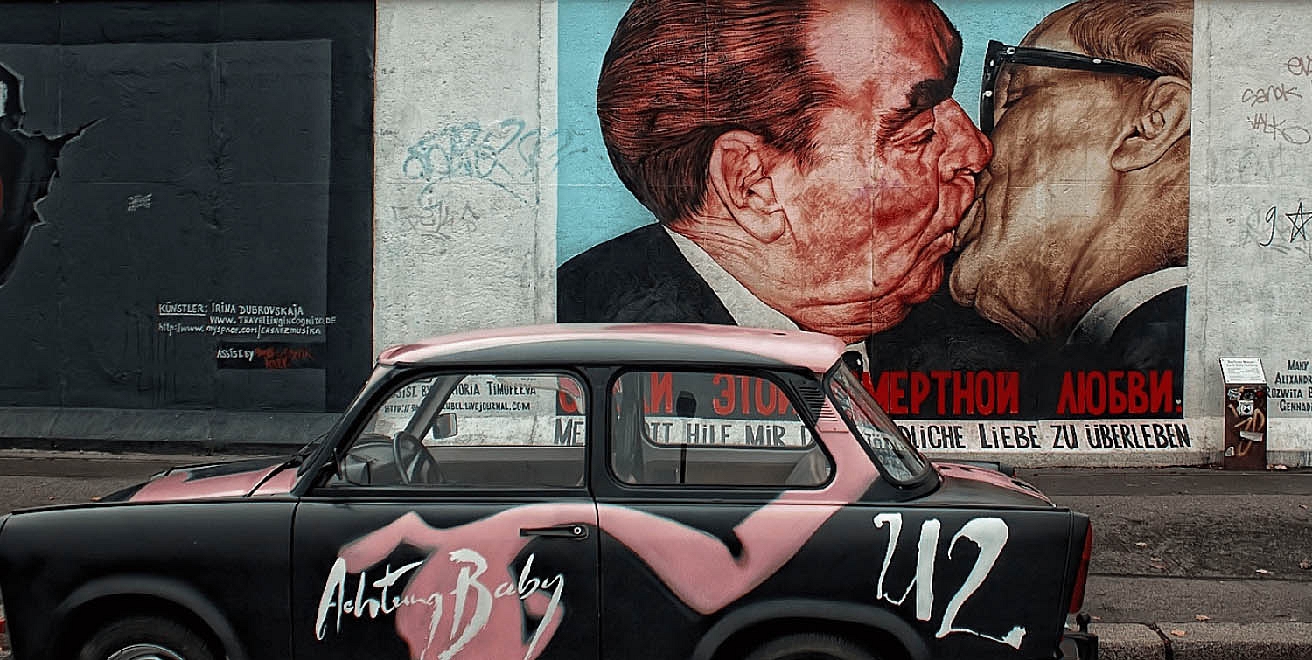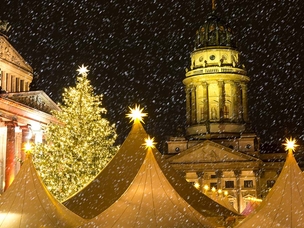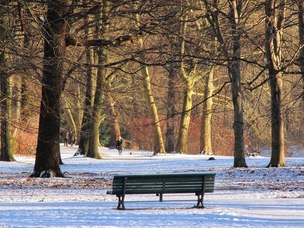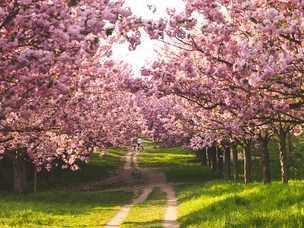Though the barrier that divided East and West Berlin was torn down over 30 years ago and parts of it are now on display around the world, it remains one of the main things visitors of the German capital want to see. There are several places in the city where you can still see parts of the wall and learn about how it impacted the city.
East Side Gallery
On the northern bank of the Spree, near the Ostbahnhof, you’ll find the longest open-air gallery in the world as well as the longest remaining part of the Berlin Wall. After the Wall fell, 118 artists from 21 countries redesigned 1.3 kilometres of the former border. The East Side Gallery stands both as a symbol of joy over the end of Germany’s division and as a historical reminder of the inhumanity of the GDR border regime.
The first paintings on the Wall were quickly painted over by GDR border guards. Only after artists David Monty and Heike Stephan presented the idea of turning the Wall into the largest gallery in the world to the GDR Ministry of National Defense and agreeing that only the section of the barrier on Mühlerstraße would be painted, were artists from around the world invited to participate. The East Side Gallery was opened on 28 September 1990 and added to the Berlin monument register in November 1991.
Checkpoint Charlie
During the 28 years that the Wall divided the city, the Americans controlled three border crossings: Alpha, Bravo and Charlie. Checkpoint Charlie, on the corner of Friedrichstraβe and Zimmerstraβe, is a reminder of the former border crossing, the Cold War and the Wall itself. The barrier and checkpoint booth, the flag and the sandbags are all based on the original site – and are a popular subject for photos.
There are several museums in the area surrounding Checkpoint Charlie, including the Mauermuseum – Haus am Checkpoint Charlie. The museum was built by resistance fighter Rainer Hildebrandt when in 1961 American and Soviet tanks faced off at Checkpoint Charlie, it’s mission back then was to catalogue escape plans as well as support escape attempts. Now the Mauermuseum is known for its extensive collection of items from 30 years of history, such as cars and hot air balloons that tell the stories of how successful escapees did it.
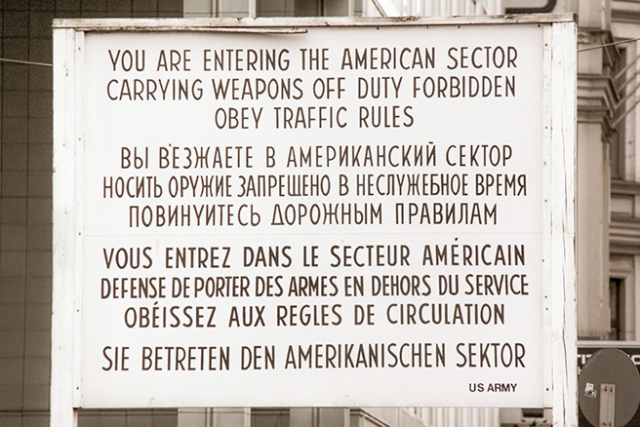
Berlin Wall Memorial
Once the Berlin Wall ran along the entire southern edge of Bernauer Straße, today the street is home to the Berlin Wall Memorial. This large open air exhibition covers four themes with historical audio materials and pictures, a visitors’ centre, a documentation centre and an observation tower. The four themes are: The Wall and the Death Strip, The destruction of the city, The construction of the Wall, and What happened at the Wall.
The visitors’ centre and documentation centre are on the opposite side of the street from the rest of the memorial. The visitors’ centre is the starting point for a visit to the memorial, with information about all there is to see, an introductory film on the history of the Wall and information about other Wall sites in Berlin. The documentation centre is dedicated to the history of Berlin’s division. It explains the political and historical situation that led to the Wall’s construction, its fall, and the reunification of Germany.
You can easily reach the Berlin Wall Memorial with the Hop-on Hop-off Classic + Trendy East Berlin & The Wall Tours.
Bösebrücke
The Bornholmer Straße border crossing, at the eastern end of the Bösebrücke, was the first to open when the border was opened on the night of 9 November 1989. At the site of the former checkpoint you now find the ‘Platz des 9. November 1989’, which features an outdoor exhibition on the historical context of the events that took place here and on the original construction of the border crossing.
The new square is edged by a section of the “inner security Wall” (Hinterlandsicherungsmauer) that once enclosed the checkpoint at right angles to the border. A timeline embedded in the ground recalls the historic day the Wall fell. Closer to the bridge you can walk along the Mauerweg, which is lined by over 100 Japanese cherry trees. The process of German unification was widely followed in Japan, the trees were given to the city as a sign of sympathy in 1990.

Wall Monument
In 2018, almost 30 years after the fall of the Berlin Wall, a hobby researcher in Reinickendorf discovered 80 metres of forgotten Wall remains near the Schönholz railway station. Although it is hard to miss, people thought it was just an ordinary Wall in the decades after reunification. A hobbyist discovered the remnant and it has now been officially confirmed that this actually was a part of the former Berlin Wall and the remains have been fenced off to protect it from souvenir hunters.
Of course there are plenty of other places around the city where you can find remains of the Wall or memorials to the time when the country was divided. Such as Old St Hedwig Cemetery, Gutspark Groß Glienicke, the Invalid cemetery, Mauerpark and Niederkirchnerstraβe. If you truly pay attention, you can spot memorials for the Berlin Wall almost anywhere in the city.
